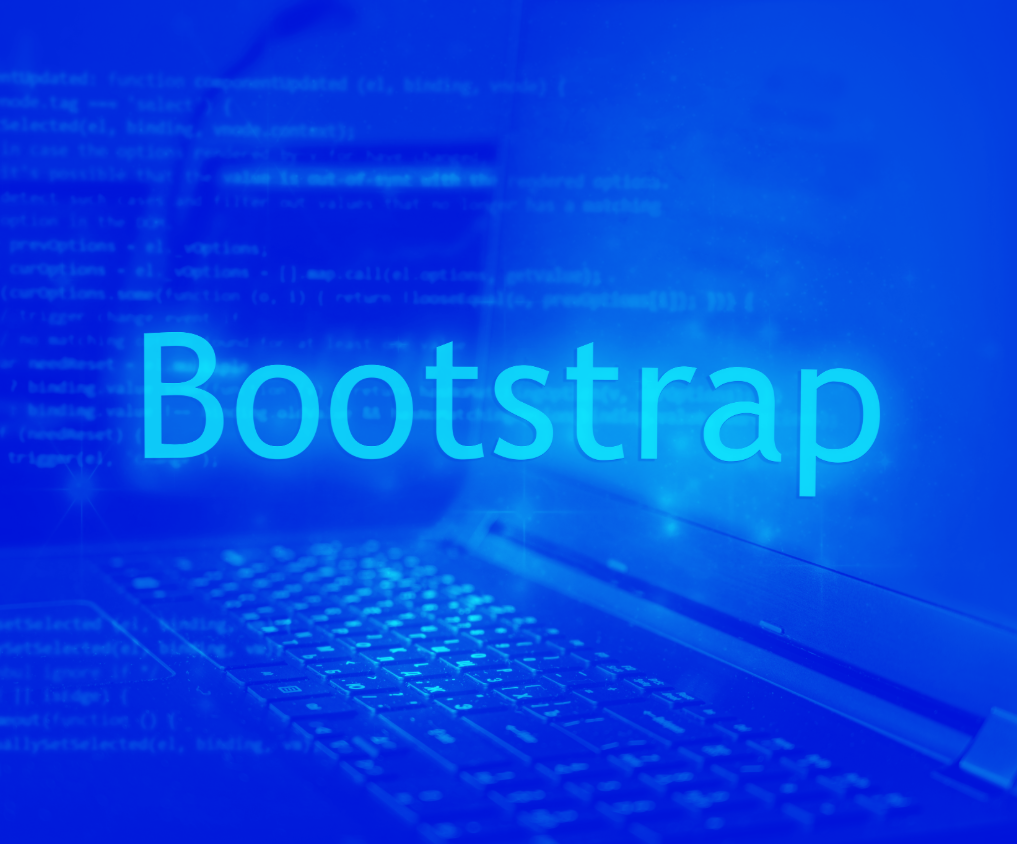Unlocking Kotlin: The Modern Programmer's Swiss Army Knife
By Creative Designs By CCW · April 28, 2024 ·Introduction:
In the dynamic landscape of programming languages, Kotlin has emerged as a powerful and versatile tool that every programmer should consider adding to their arsenal. Developed by JetBrains, the creators of IntelliJ IDEA, Kotlin is designed to be concise, expressive, and fully interoperable with Java. Its rise in popularity stems from its ability to streamline development processes, enhance code readability, and provide robust solutions for a wide range of software projects.
What is Koltin?
Kotlin is a statically typed programming language that runs on the Java Virtual Machine (JVM) and can also be compiled to JavaScript or native code. It combines functional and object-oriented programming features to offer a modern, pragmatic approach to software development. Kotlin was designed to address common challenges faced by developers using Java, such as verbosity, null pointer exceptions, and boilerplate code.
How is Kotlin Used?
- Android Development: One of Kotlin's most significant applications is in Android app development. Google officially endorsed Kotlin as a first-class language for Android development in 2017, leading to a surge in adoption within the Android developer community. Kotlin's concise syntax and null safety features make it an excellent choice for building robust and efficient Android apps.
- Backend Development: Kotlin can be used to build server-side applications with frameworks like Spring Boot, Ktor, or Micronaut. It offers seamless integration with Java libraries and tools, making it an attractive option for developing backend services and microservices.
- Multiplatform Development: Kotlin Multiplatform allows developers to write shared business logic once and deploy it on multiple platforms, including Android, iOS, and web. This capability significantly reduces code duplication and simplifies the maintenance of cross-platform projects.
- Desktop and Web Development: Kotlin can also be used for desktop applications using frameworks like TornadoFX or JavaFX, as well as for web development with frameworks like Reactor and Ktor.
Why Should Programmers Learn Kotlin?
- Increased Productivity: Kotlin's concise syntax and powerful features allow developers to write cleaner, more maintainable code in less time. It eliminates much of the boilerplate code associated with Java, enabling faster development cycles.
- Interoperability with Java: Kotlin seamlessly interoperates with Java, which means that existing Java libraries, frameworks, and tools can be used directly within Kotlin projects. This makes Kotlin an accessible choice for Java developers looking to enhance their skills.
- Null Safety: Kotlin's type system includes built-in null safety features, which significantly reduces the risk of encountering null pointer exceptions—a common source of bugs in Java applications.
- Modern Language Features: Kotlin incorporates modern language features such as extension functions, data classes, higher-order functions, and coroutines. These features empower developers to write expressive and efficient code.
- Growing Adoption: Kotlin has gained traction across various industries and is backed by a vibrant community. Learning Kotlin opens up opportunities to work on exciting projects and collaborate with other Kotlin enthusiasts.
Conclusion:
In conclusion, Kotlin represents a paradigm shift in modern software development. Its versatility, expressiveness, and seamless integration with existing Java ecosystems make it an invaluable asset for developers aiming to build robust, scalable, and maintainable applications. Whether you are a seasoned Java developer, an Android enthusiast, or a curious newcomer to the world of programming, investing time in learning Kotlin will undoubtedly pay dividends in your journey as a software craftsman. So, dive into Kotlin today and unlock a world of endless possibilities!








